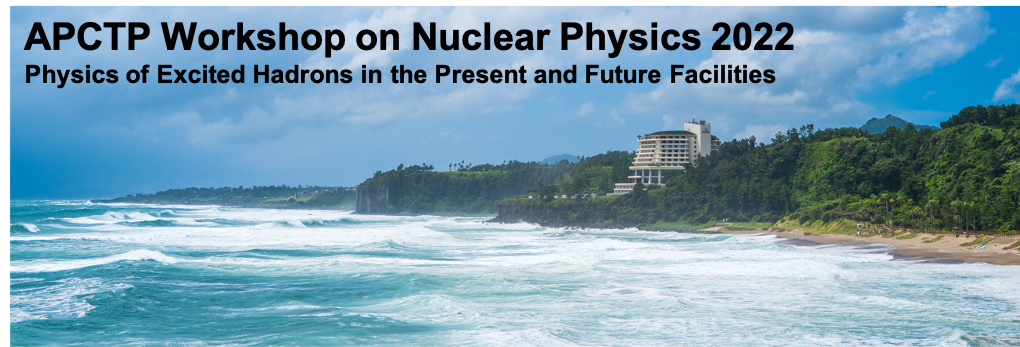Speaker
Description
The emergence of hadron mass (EHM) represents one of the most challenging and still open problem in the Standard Model. The recent advances toward understanding EHM from the experimental results on the evolution of the nucleon resonance electrocouplings with photon virtuality $Q^2$ available from exclusive meson electroproduction data measured with the CLAS detector at JLab will be presented in this talk. A successful description of the $\Delta(1232)3/2^+$ and $N(1440)1/2^+$ electrocouplings has been achieved within the continuum Schwinger method (CSM) with the same momentum dependence of the dressed quark mass inferred from the QCD Lagrangian as used for the successful description of the pion and nucleon elastic electromagnetic form factors, and the pion PDF. The CSM predictions on the electrocouplings of the $\Delta(1600)3/2^+$ resonance from 2019 have been confirmed by the (still preliminary) experimental results determined from the CLAS $\pi^+ \pi^- p$ electroproduction data at $2.0<Q^2<5.0$ GeV$^2$ that have become available in the first half of 2022. All of these achievements in the synergistic efforts between experiment, phenomenology, and hadron structure theory clearly demonstrate the capability to gain insight into EHM from the studies of the nucleon resonance electrocouplings, combined with exploration of the ground state nucleon and pion/kaon structure within a common theory framework offered by CSM. Future extensions of these studies from the data of experiments of the 12 GeV era at JLab will allow us to address key open problems of the Standard Model on the nature of hadron mass and the emergence of hadron structure from QCD.

